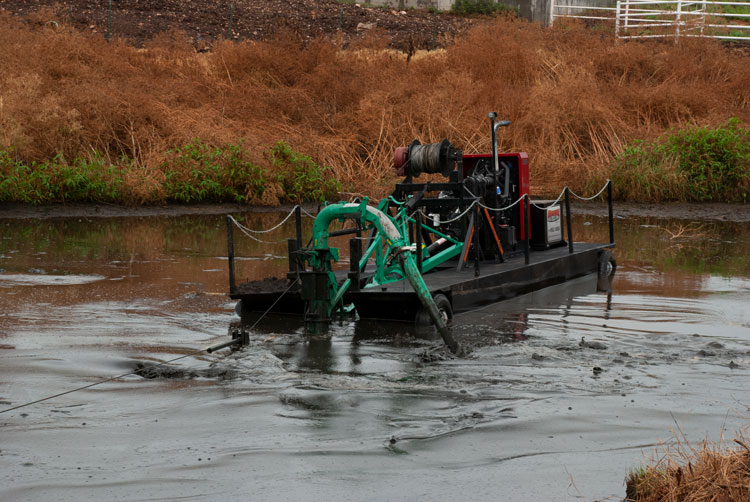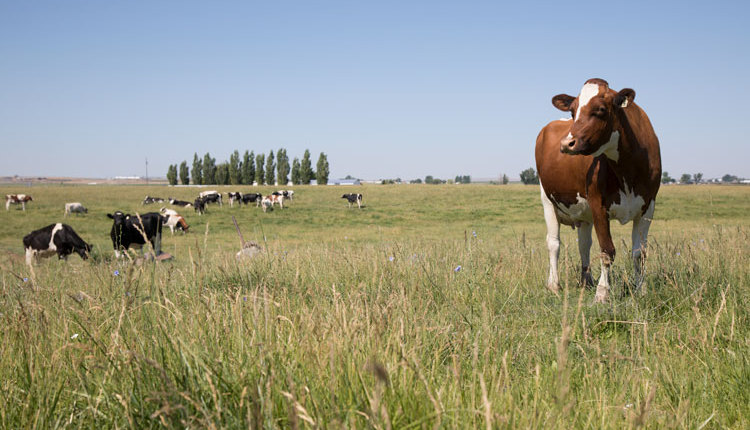
With each passing year, expectations continue to be placed on dairy producers across the country with a focal point being on-farm environmental practices. Soil health is one of the measurable components used to determine how well a dairyman or dairywoman might be doing in their environmental stewardship.
Manure can be an excellent soil amendment. When applied at proper agronomic rates, manure improves soil moisture holding capacity, enhances organic matter, reduces bulk density, and provides valuable nutrients for crop production.
Catch the sticky elements
We do, however, see incidences where multiple years of application on the same fields results in a buildup of phosphorus along with other nutrients. This is often in fields that are closest to the dairy that receive lagoon water.
Improving your farm’s manure separation can help capture more of the solids before they reach the lagoon. This capture process can have a significant impact on the overall phosphorus content of your lagoon water. That’s because phosphorus is a "sticky" element that attaches itself to the solid particles in liquid manure . . . improving separation to remove the solids also reduces phosphorus concentrations.
We see many separation technologies employed in Idaho and have begun to measure the separation efficiencies of these different separation systems. The University of Idaho’s Lide Chen and Hernan Tejada recently completed an analysis of a centrifuge separation system currently used on a 4,000-cow dairy in Idaho’s Magic Valley. Their findings indicate that the dairy was able to significantly improve the amount of solids removed from the lagoon water, as well as the phosphorus associated with those solids.
Cut phosphorus in half
Overall, the acres needed for lagoon water application within the dairy farm’s Nutrient Management Plan were cut in half due to the extra phosphorus removal. That phosphorus is still present, but in a solid form that is composted and easily transported further distances from the dairy.
The economic analysis found that the dairy was dollars ahead adding the centrifuge to their manure separation systems because of the reduced acreage needed for lagoon water application as well as the reduced frequency and cost of cleaning out lagoons. For more details on this study by Chen and Tejada, please visit: on.hoards.com/Manure-Separation.
There is no one-size-fits-all approach for manure systems on dairies. However, improving manure separation through a mechanical system like a centrifuge, or through less expensive and simpler forms, will help meet consumers’ environmental expectations in the future.








